Hummers
Pallida
11 years ago
Related Stories

GARDENING GUIDESBackyard Birds: Invite Entertaining Hummingbirds Into Your Garden
Hummingbirds — unique to the Americas — zip through open landscapes seasonally or year-round. Here’s how to attract them
Full Story
GARDENING GUIDESAttract Hummingbirds and Bees With These Beautiful Summer Flowers
Roll out a welcome mat for pollinators to keep your landscape in balance and thriving
Full Story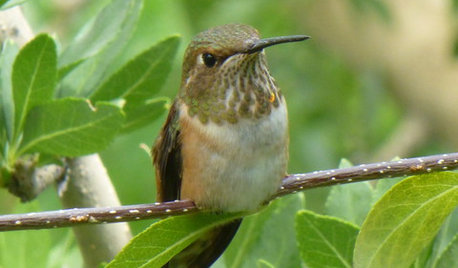
GARDENING GUIDES8 Flowers That Hummingbirds Adore
To draw those mesmerizing little birds to your garden or doorstep, plant these flowers that are attractive in more ways than one
Full Story
FUN HOUZZ31 True Tales of Remodeling Gone Wild
Drugs, sex, excess — the home design industry is rife with stories that will blow your mind, or at least leave you scratching your head
Full Story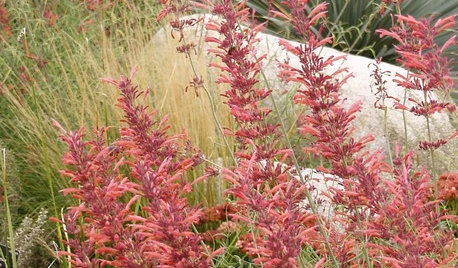
FLOWERS AND PLANTSAgastache Rupestris, a Heat-Loving Hummingbird Magnet
Threadleaf giant hyssop adds color and fragrance to late-summer and fall xeric gardens
Full Story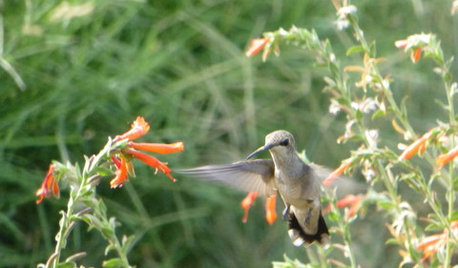
GARDENING GUIDESSweet Serendipity: Opening to Happy Garden Discoveries
Unplanned nature scenes can be unbelievably beautiful; you just need to know how to look
Full Story
EARTH DAYHow to Help Your Town’s Beneficial Birds and Bugs
Make a habitat using local materials to provide a home to the creatures that help our gardens
Full Story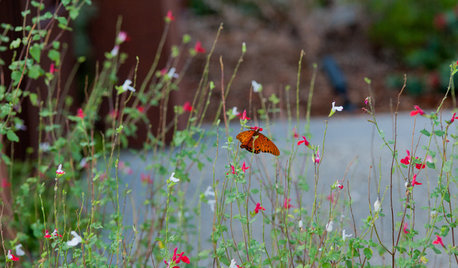
EARTH DAYCreate a Container Wildlife Habitat for Hummingbirds and Butterflies
Don’t let limited space prevent you from welcoming wildlife into your garden
Full Story
GARDENING FOR BUTTERFLIESGardening for the Bees, and Why It’s a Good Thing
When you discover how hard bees work for our food supply, you may never garden without them in mind again
Full Story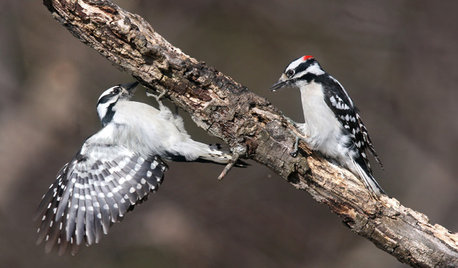
GARDENING FOR BIRDSBackyard Birds: How to Identify Two Common Woodpeckers
Downy and hairy woodpeckers have similar coloration and behavior. But there are two big differences that separate them
Full Story






Okiedawn OK Zone 7
PallidaOriginal Author
Related Professionals
Lake Oswego Landscape Architects & Landscape Designers · Owings Mills Landscape Architects & Landscape Designers · Arlington Landscape Contractors · Surprise Landscape Contractors · Dallas Landscape Contractors · Las Vegas Landscape Contractors · Morrisville Landscape Contractors · Paramus Landscape Contractors · Ringwood Landscape Contractors · Maple Heights Landscape Contractors · Bethany Decks, Patios & Outdoor Enclosures · Hershey Decks, Patios & Outdoor Enclosures · Issaquah Decks, Patios & Outdoor Enclosures · Royal Oak Decks, Patios & Outdoor Enclosures · Surfside Decks, Patios & Outdoor EnclosuresOkiedawn OK Zone 7
p_mac
shankins123
susanlynne48
PallidaOriginal Author
PallidaOriginal Author
Okiedawn OK Zone 7